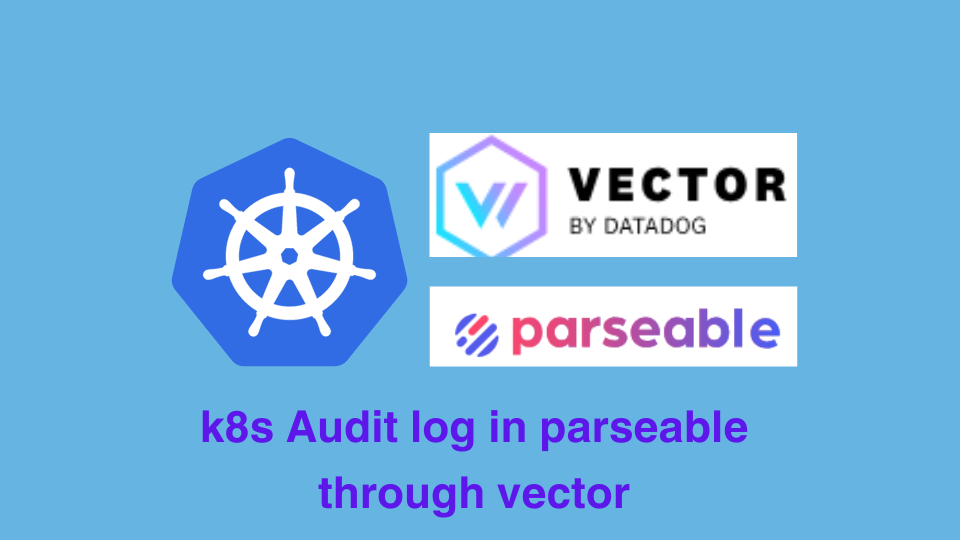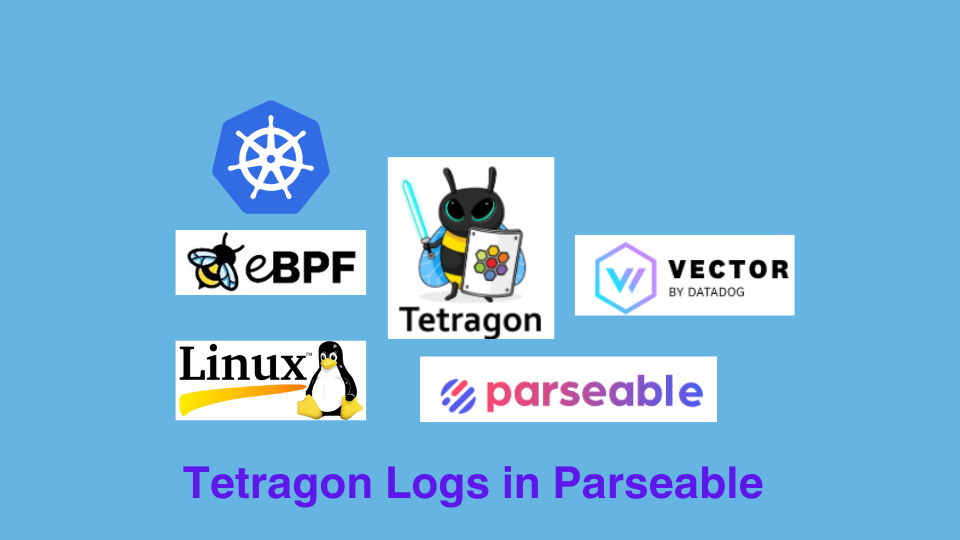Improving Kubernetes Audit Logs: Parseable Integration Tactics

Simplifying Cluster Security and Oversight by Using Vector Agents Kubernetes has become the standard container orchestration tool for microservice-based deployments and managing large business applications. As Kubernetes has so many features, using and managing it can be difficult, especially keeping track of activities in the cluster. The main goal of this hands-on lab is to […]
Parseable-Enabled Tetragon Logs: Strengthening Kubernetes Security

Investigating eBPF-Driven Observability in Kubernetes Environments for Sensitive File Access The container orchestration standard has been taken over by Kubernetes. However, as it doesn’t offer a default observability for security to study the attacks, it raises questions about how organisations should protect their production environment. This issue is resolved with eBPF. Currently, one of the most popular […]
Kubernetes native network policies from zero to hero!

Kubernetes native network security policies by example. The Kubernetes network model is a “flat” network design. This means that all pods on one node can communicate freely with all pods on all the other nodes without being address translated, or blocked. The networking is implemented by a CNI (Container Networking Interface). Examples of popular CNI’s are Cilium, Calico, […]
Learning about Linux namespaces in #docker and #kubernetes !

A practical walkthrough in exploring namespaces in relation to docker and kubernetes. As you probably know, containers running on the same host, share the Linux kernel. That’s why a container image does not contain a kernel, only software and tools that make up a distro like for example a package manager. So, if containers share […]

